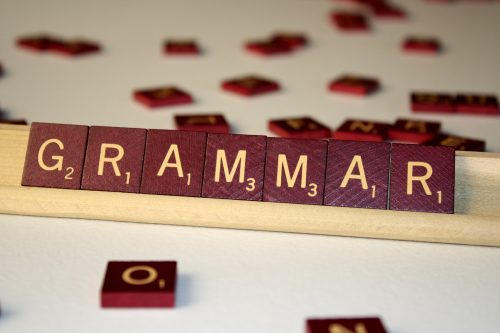‘Has’ and ‘have’ are both different forms of the same verb. ‘Have’ is the base form, since it is the regular present tense. They are both very important, since they cover many different meanings and serve as auxiliary verbs for the perfect present tense.
The word ‘have’ has a lot of meanings, some of which are not very easy to describe. Essentially, it means to be in possession of something, but it is more passive.
“I own a house.”
“I have a house.”
While they have similar meanings, the first sentence implies more activity than the second and it is much more strong. It also implies more control over the house than ‘have’ does. This is why it is okay to say that you have a significant other, but it is not okay to say that you own a significant other. ‘Have’ is more like saying that the thing is related to you in a way and that you accept it.
There are a number of related meanings that are generally the same. For instance, to have a meal means to eat it. To have someone can mean to accept them into your life in some way, whether as family, as a friend, as a romantic or sexual partner, or to beat them up in some regions of Britain. In Ireland, it means being able to speak a language. “I have German.”
In the past tense, ‘had’, it can mean a number of different things, such as giving birth, causing something to happen, being painfully aware of something, or to have been tricked. The examples are in that order.
“She had twins.”
“I had him mow the lawn.”
“He certainly had arms after that workout.”
“I’ve been had!”
Many of these are most often seen in the past tense, though a few do turn up in the present tense.
‘Has’ is a very specific form of ‘have’. It is the third person singular simple present form of ‘have’. This means that it is used to talk about a single third person – someone who is not you or the person you are speaking to – in the present. If it is either first or second person, then ‘have’ is used.
“I have a car.”
“You have a car.”
“He has a car.”
If it is plural, then ‘have’ is used.
“The musicians have a car.”
“The musician has a car.”
If it is in the past, then ‘had’ is used, and in the future, ‘will have’.
“He had a car.”
“She will have a car.”
Finally, if a ‘to be’ verb is used in front, then it will be ‘having’.
“He is having dinner.”
“He has dinner.”
As auxiliary verbs, they are paired with past participles for the present perfect tense, which is represented by either ‘have’ or ‘has’. The perfect tense shows that an action has already been completed in the time that it indicates, so the present perfect tense is used when an action has been completed at the time of speaking. Like the above examples, ‘has’ is used for the third person singular, while ‘have’ is used for everything else.
“You have gone to see the movie.”
“He has gone to see the movie.”
To summarize, ‘have’ can be a word that means ownership in the same way as holding or accepting something, and there are other meanings that are mainly used for the past tense form, ‘had’. Has is the version of ‘have’ that is used for the singular third person in the present tense. They are both combined with past participles to create the present perfect tense.











